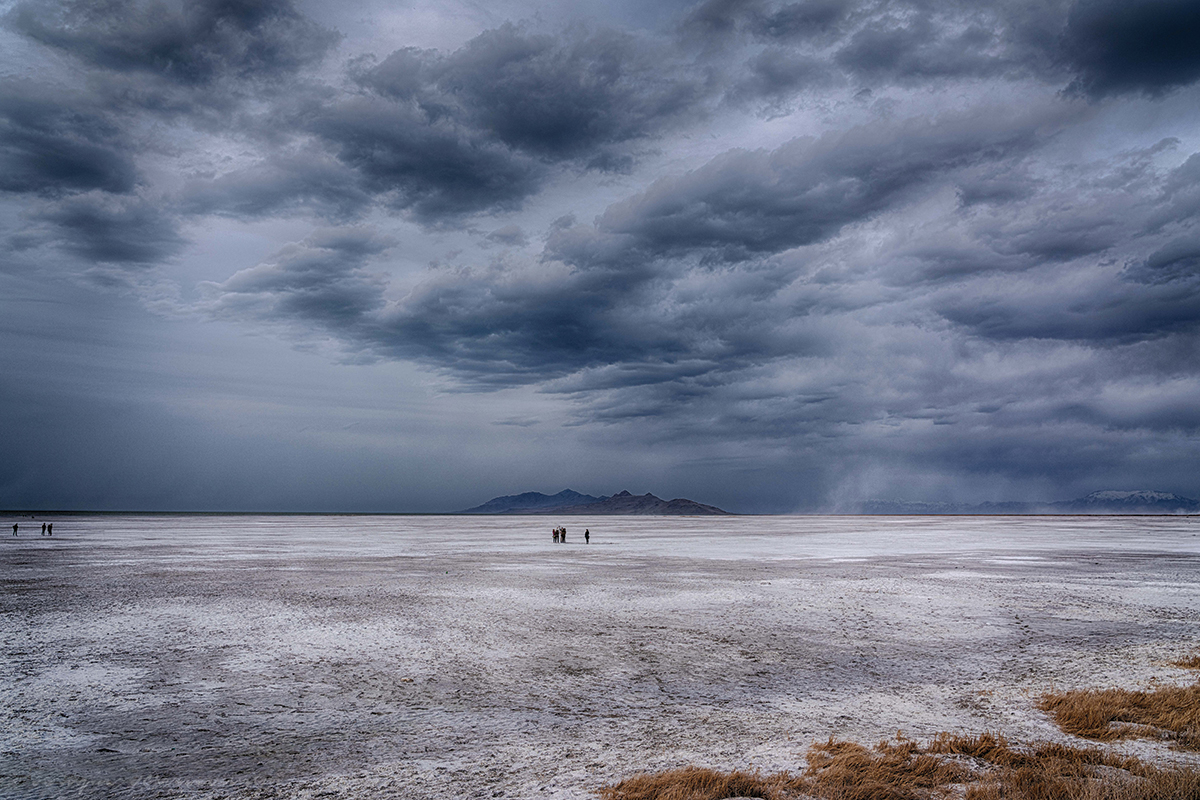This special issue of PERC Reports explores the West’s water crisis and how markets can address today’s shortages. Read the full issue.
The United States is experiencing its worst drought in more than a millennium. In August, the federal government issued its first-ever “Tier 2” shortage declaration for the Colorado River, which supplies water to seven western states and Mexico. Lake Mead and Lake Powell—the river basin’s two largest reservoirs—have dipped to all-time lows, exposing dry lakebed, sunken boats, and even dead bodies.
The shortages are not limited to the Colorado River. Utah’s Great Salt Lake is now at its lowest level ever recorded. Groundwater wells in California are running dry. Most of Oregon is under emergency drought conditions. Even the Mississippi River, which typically receives abundant rainfall, has fallen to record low levels, clogging one of the nation’s busiest waterways.
In the American West, the response to drought has historically been to divert more water, build dams, or pump groundwater. But many of those options are no longer politically or economically feasible. To adapt, western communities are going to have to find ways to do more with less water—and to do so through cooperation instead of conflict.
Times of crisis can spur innovation. Western cities are already taking creative steps to cut water use even while their populations grow. And water districts and agencies are exploring ways to pay farmers—which consume the majority of water used in the West—to voluntarily reduce water use.
But policy barriers stand in the way of more widespread adaptation to the West’s drier future. Restrictions on water trading prevent water from being moved from lower-valued to higher-valued uses. Legal rules prohibit water users from leasing or selling their conserved water. Prices are distorted in ways that result in overuse. And regulations can have the perverse effect of discouraging voluntary water conservation efforts.
This special issue of PERC Reports explores the West’s water crisis and how markets can address today’s shortages. In the pages that follow, you’ll hear about farmers getting paid to cut water use, groundwater users trading pumping rights to allocate a scarce resource, and states reforming water policies to encourage conservation. You’ll also read about how federal laws are preventing Native American tribes from leasing their water rights like other Americans can, and how one family’s fight with the federal government over expansive water regulations could affect the future of wetland conservation.
While people can’t control drought conditions, the policies and laws they choose affect the severity of water shortages. The essays in this issue demonstrate that, while the current drought may be severe, it can spur policy reforms and water-saving innovations that enable humans and the environment to flourish, even amidst historic challenges.




